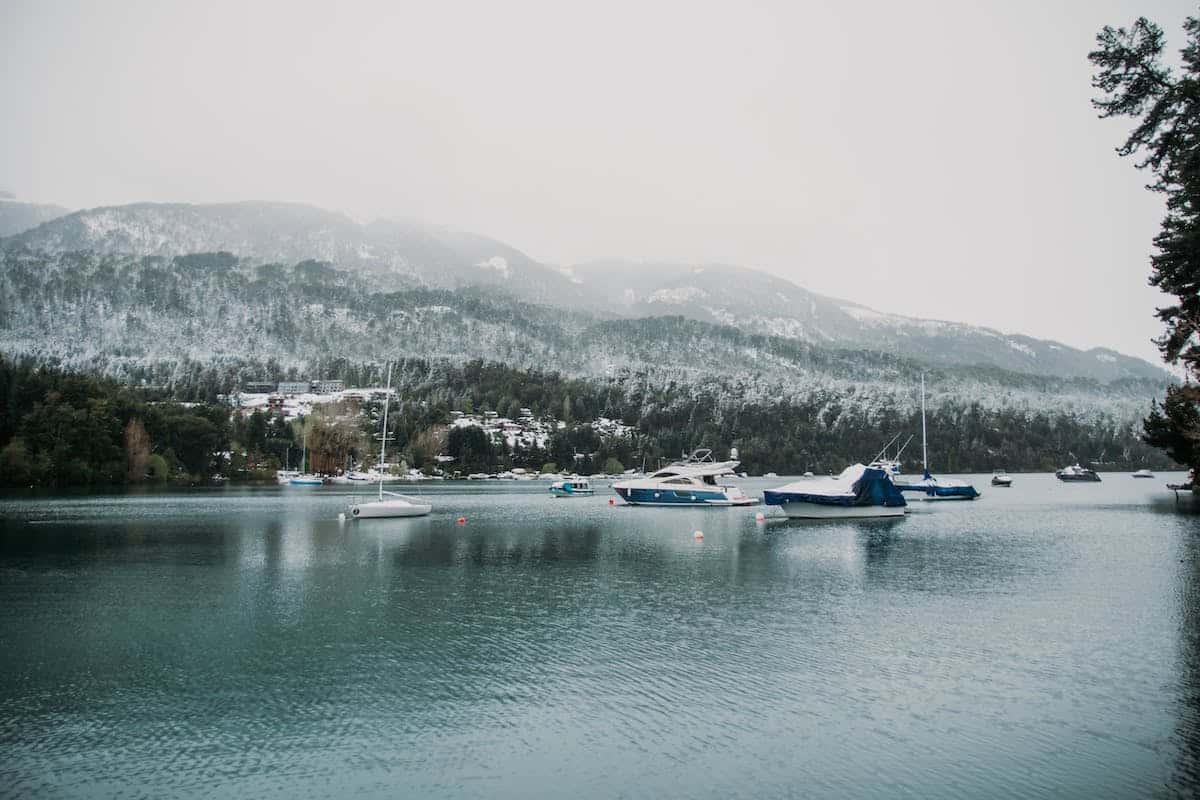As autumn progresses and the temperature drops, it’s time for boat owners to focus on off-season preparations. Proper winterization of your vessel is essential for maintaining its condition and making sure you have a trouble-free experience when warmer weather returns. Proper boat care in these months can increase the lifespan of your boat(s) extensively. Here’s our comprehensive guide to preparing your boat for the off-season at the marina.
Step 1: Deep Cleaning
Start the process by thoroughly cleaning your boat. Remove debris, salt, and grime from the hull, deck, and cockpit. This step will not only prevent corrosion but also enable you to detect any damage that may need repair before putting your boat in storage. The interior also requires a comprehensive cleaning to avoid mold and mildew in the closed, damp spaces.
Step 2: Engine Care
The engine is the heart of your boat, and it needs special attention. Change the oil and replace all filters to avoid any contaminants harming the engine during the winter months. Consider adding a fuel stabilizer to keep the fuel fresh and protect the engine from ethanol build-up and corrosion. It’s essential to flush the cooling system and add antifreeze to prevent water inside the engine from freezing.
Step 3: Battery Maintenance
Remove the battery and store it in a cool, dry place to avoid freezing or losing the battery charge. If possible, keep it on a trickle charger to maintain its power without the risk of overcharging.
Step 4: Protecting the Plumbing
Water left inside the pipes, tanks, or pumps can freeze and cause significant damage, leading to costly repairs. Drain all water systems, including the bilge, and run non-toxic antifreeze through the plumbing to protect them from freezing.
Step 5: Safeguarding the Interior
Remove any valuables, electronics, and personal items from the boat. Clean the refrigerator and pantry to prevent unwanted odors or pests. Use moisture absorbers and mildew protectants to keep the air dry and fresh inside.
Step 6: Covering Up
A well-fitted cover is essential to protect your boat from the elements. Whether you choose a shrink-wrap service or a custom-fitted canvas, make sure it’s secure and provides adequate ventilation to prevent trapped moisture.
Step 7: Secure Docking
When tying your boat at the marina, use lines that can withstand the winter weather and ensure your boat is securely tied. Remember to allow for a bit of giveaway since water levels may change, and the lines can tighten and loosen with temperature fluctuations.
Step 8: Regular Check-ups
Regular check-ups are crucial even during the off-season. Make sure to visit your boat periodically or arrange for the marina staff to check on it. They’ll look for any cover damage, pooling water, or other issues that could arise.
Step 9: Insurance and Documentation
Ensure that your insurance covers off-season storage and that all your documentation is up to date. It’s advisable to keep copies of important documents in a safe place off the boat.
Step 10: Professional Assistance
If winterizing feels overwhelming, consider enlisting professional help. Many marinas offer comprehensive winterization services tailored to your boat’s specific needs. DockMaster, for instance, is an expert in marine management software and can provide peace of mind that your vessel is in expert hands.
Wrapping Up
In conclusion, preparing your boat for the off-season at the marina is essential for your vessels’ longevity and proper functioning. By following these steps, you’ll ensure that your boat remains in top condition, ready to set sail when the tides turn to warmer days. If you would like some more tips on winterizing your boats, you can visit this blog. Keep in mind that winter is not just an end but a promise of a new beginning. Proper preparation is vital, and you’ll be rewarded with seamless summer adventures.

